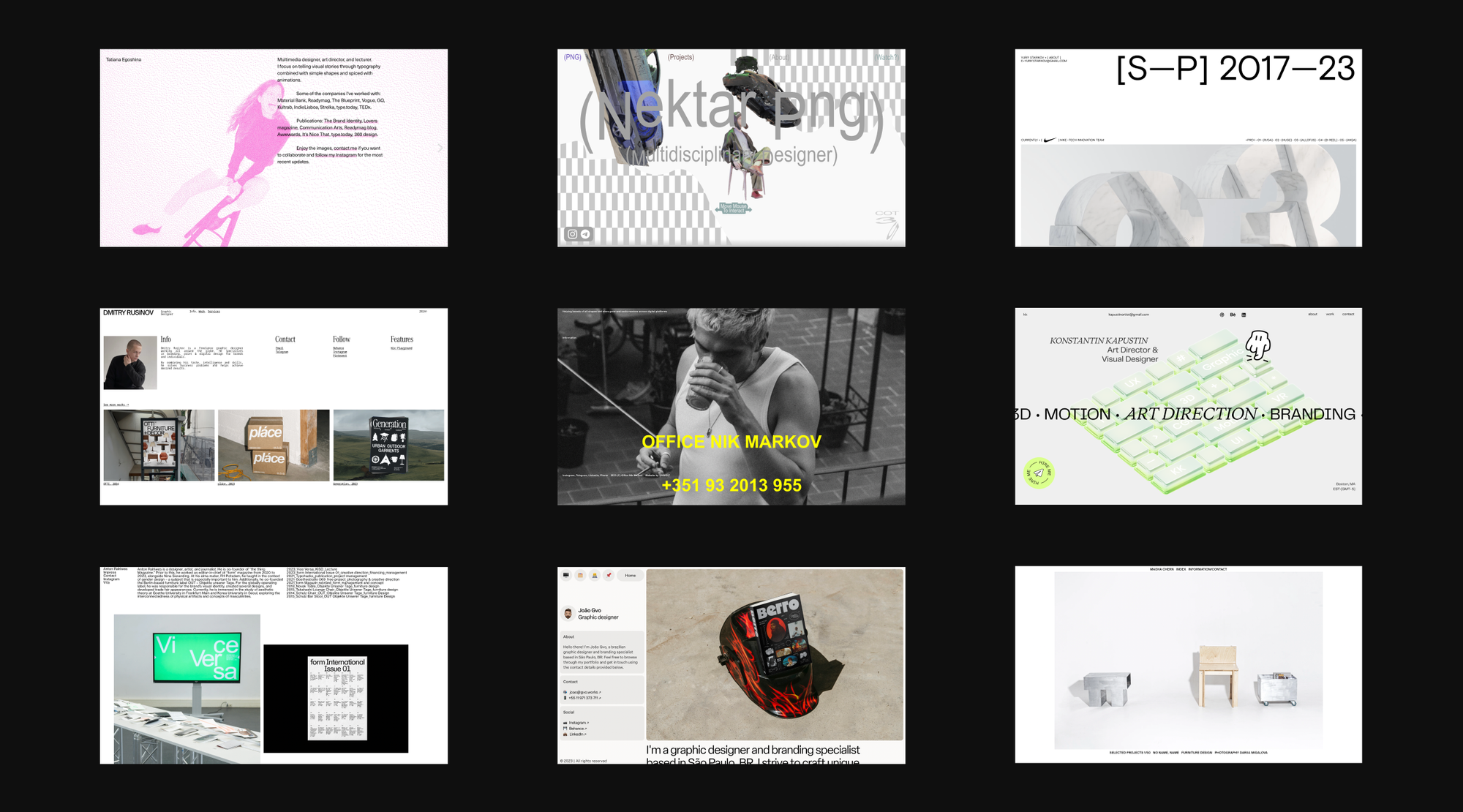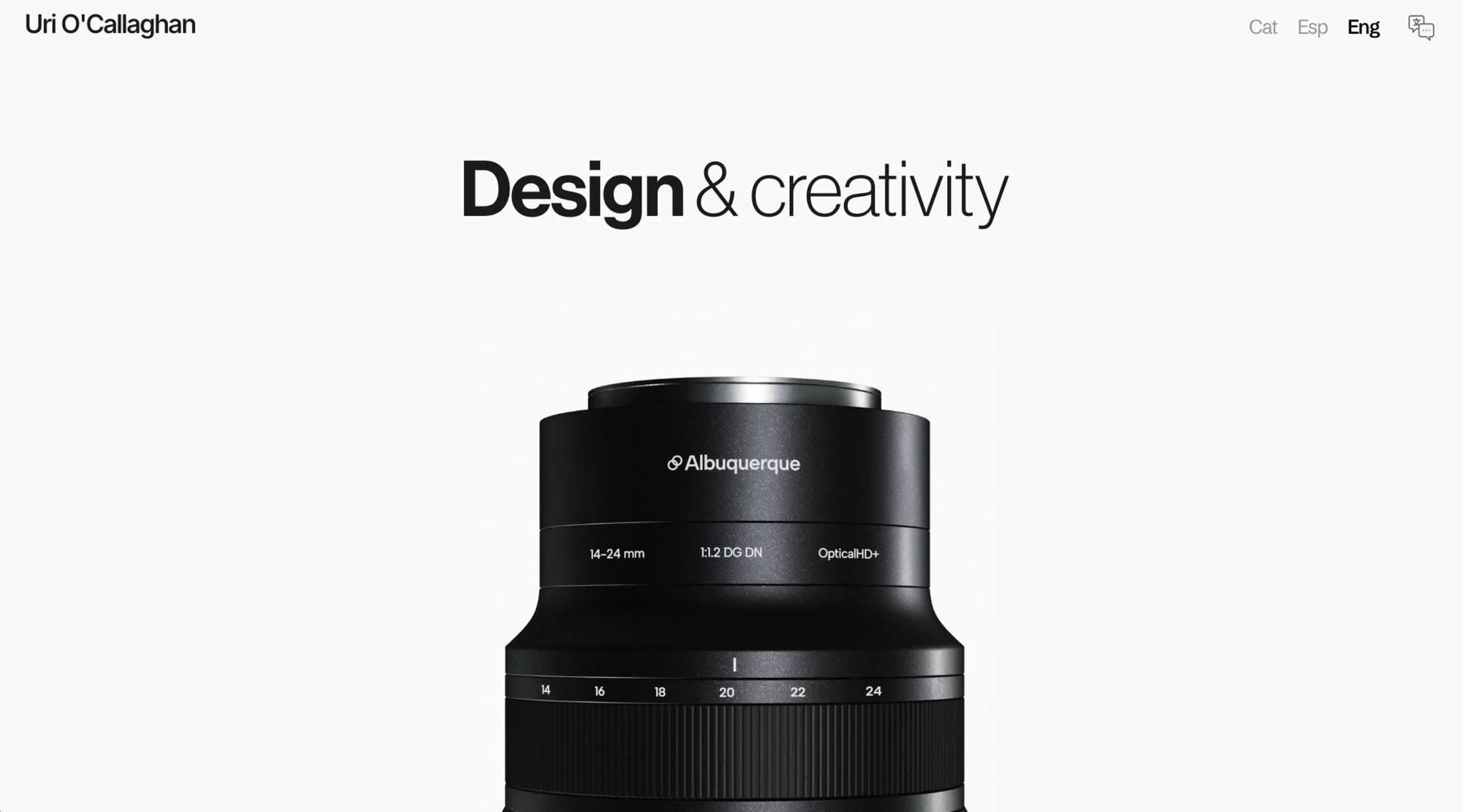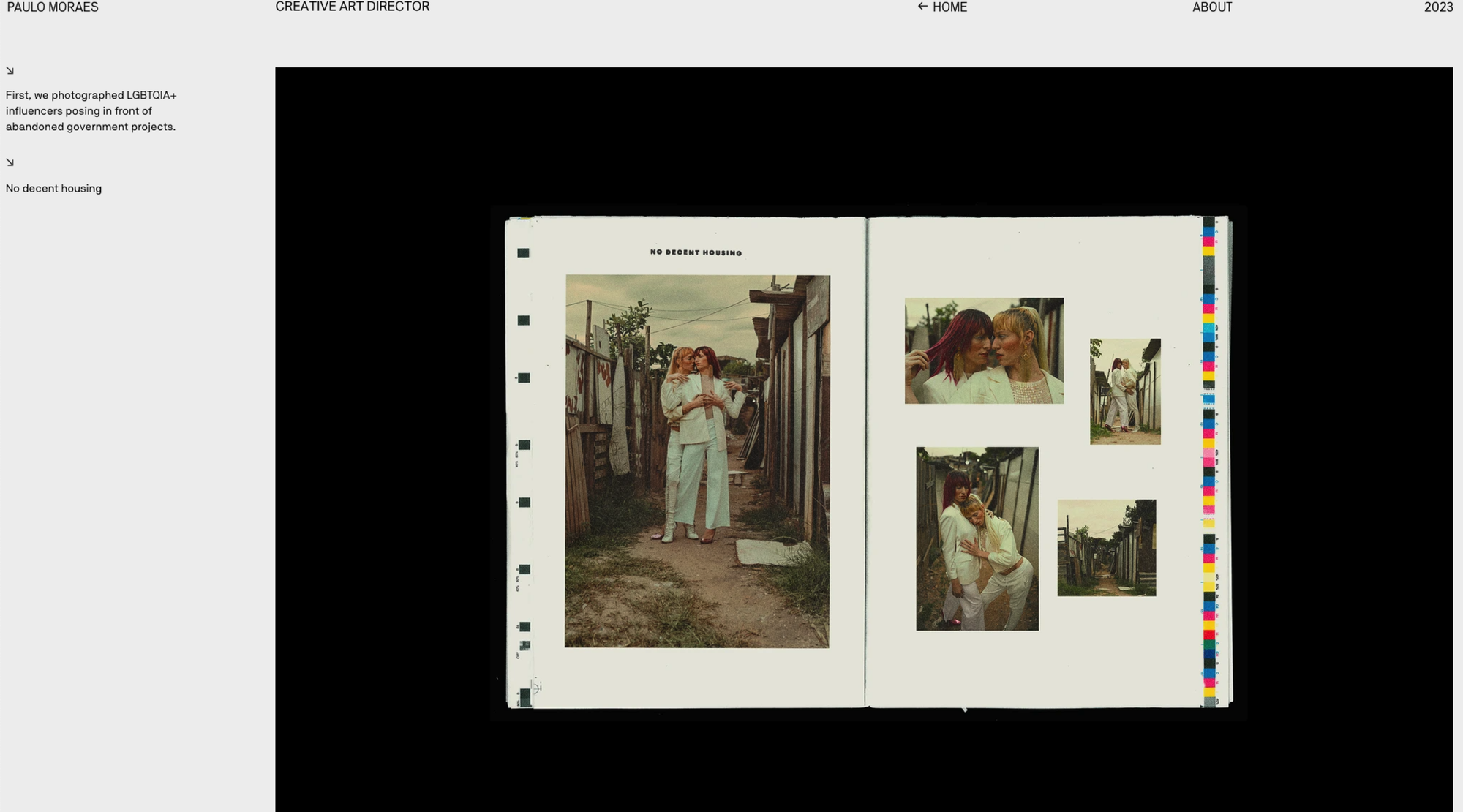How to make a web design portfolio: tips, tools, and case studies
Learn the know-how to craft a portfolio that showcases your top projects and the stories behind them with our guide.

Whether you're puzzled about how to build a portfolio website or looking for inspiring examples of web designer portfolios, this piece is your gateway to creating a portfolio that not only looks great, but also tells your unique story.
Why design portfolio matters
Your portfolio is more than just a bunch of projects. It’s your career’s visual diary where you capture your achievements, skills, and experiences in full colour.
Here’s why it’s a game-changer:
- Personal branding: your portfolio gives you a platform to present yourself in the way you want to be seen. You're not just another name in a pile of resumes—you have a unique story to tell about your journey, your style, your values, and the unique perspectives you bring to your work.
- Evidence of your abilities: your portfolio makes your skills and accomplishments tangible. It transforms abstract skills listed on a resume into concrete examples of your work, giving potential employers or clients a clear view of what you're capable of.
- Networking made easy: sharing your portfolio can open doors to new conversations and connections. It sparks interest, invites collaboration, and can lead to new opportunities.
- Standing out: in a sea of candidates or competitors, your portfolio is your beacon. A well-crafted portfolio can give you an edge, showcasing your unique skills and experiences in a memorable way.
How to select projects
When picking projects for your web design portfolio, here are some questions to help you choose the best ones:
- “Does this project show off what I'm good at?”
Think about whether this project lets you show how well you use important design skills and tools like Adobe Photoshop, Illustrator, or coding with HTML, CSS, and JavaScript.
- “Does this project look like my style?”
Consider whether this project really shows your personal touch with colors, fonts, and how you set up your designs. Does it match the style you love, whether that style is clean and simple, or bold and colourful?
- “Does this project show how I solve problems?”
Examine whether this project proves you can figure out tough business or user pains from start to finish. Look for projects that show how you spotted an issue, thought of a fix, and made things better.
- “Does this project align with my professional goals?”
Think about whether the project reflects the type of work you want to attract. For example, if you’re aiming to specialize in e-commerce web design, you should include projects that showcase your talent to create engaging, user-friendly shopping experiences.
How to present your portfolio
Start with the basics on your site. Before diving into case studies, make sure your website introduces you properly. This means having:
- A bio: a short and sweet intro about who you are, what you do, and maybe a fun fact or two. It's a chance to show your personality.
- Contact info: make it super easy for people to reach out. Include your email, phone number, or your social media links.
- Range of work: show a variety of what you’ve done. Showcase different styles, and different types of projects.
- Case studies: this is where you get to show off a project from start to finish, telling the story of the challenge, how you tackled it, and the results you achieved.

This site shines with a personal intro, showcasing Uri’s skills and work examples. You'll find clear insights into his design expertise, complemented by direct links to his Behance, LinkedIn, and Instagram. It’s a compact yet comprehensive glimpse into Uri's professional world, making it easy to explore his portfolio and connect.
Build a case study
Think of your portfolio as a narrative of your creative journey, where case studies play a crucial role. A case study goes beyond just showing the final product—it's a story. When people only see the images, they might think, "That looks great!" But when you add explanations about the challenges you faced and how you solved them, their reaction changes to "Wow, I get why they did it this way and how they tackled the problems!" This turns a simple showcase into a deeper insight into your work. Next, we'll get you covered on how to tell great stories about your projects.
Come up with a case cover. The cover of your case study is like the cover of a book—it should make someone want to dive into your design story. Make it eye-catching and relevant to the project.

Put it in context. Context helps everyone understand not just what you created, but why it matters.

Describe the challenge. Here’s where you describe the problem or task you were facing. What did the client need? What were their goals? This sets up the story by showing what you were up against.
Explaining a project's goal, like making Mahjong fun and easy for everyone, shows why the design matters. It proves the designer didn’t just make things look good, but solved a real problem—getting more people to enjoy Mahjong.
Share your inspiration and creative process. How did you come up with your design solution? Why did you choose certain tools, colors, or layouts? This part shows off your creative thinking and the method behind your ideas.

Show the result and impact of your work. Finish strong by talking about what you achieved. How did your work help the client? Highlight the benefits and advantages your design brought to the table.

Using the right portfolio tool can make all the difference in showcasing your work. Readymag is one such tool, beloved by designers for creating compelling portfolios—consider exploring Readymag, where you can easily bring your design stories to life. Plus, we've got a hub where you can explore all of the cases mentioned here in one place.